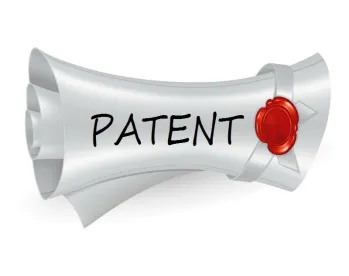The Federal Circuit recently determined that it lacked jurisdiction to review the Patent Trial and Appeal Board’s determination that assignor estoppel has no affect in an inter partes review (“IPR”). The majority’s decision in Husky Injection Molding Sys Ltd., v. Athena Automation Ltd., Nos. 2015-1726, 2015-1727 (Fed. Cir. Sep. 23, 2016) effectively allows former patent owners and inventors to use IPRs to challenge patents they have since assigned.
Assignor estoppel is an equitable doctrine that prevents a party who assigns a patent to another from later challenging the validity of that assigned patent. The doctrine is based on the principle of fair dealing and operates to prevent one who has assigned the rights to a patent from later contending that those rights have no value.
In 2012, Athena filed an IPR petition, challenging the patent. In its preliminary response, Husky argued only that assignor estoppel barred Athena from filing an IPR petition. The Board rejected that argument.
In deciding to institute the IPR, the Board reasoned that the equitable doctrine of assignor estoppel was incongruent with 35 U.S.C. § 311, which provides that “a person who is not the owner of a patent may file with the [Patent] Office a petition to institute an inter partes review of the patent.”
When Husky appealed, the Federal Circuit again determined it lacks jurisdiction to review such a decision by the Board. Based on the Supreme Court’s instruction in Cuozzo and its own precedent in Versata and Achetes, the Federal Circuit panel applied a two-part test. The panel first determined whether the issue of assignor estoppel fell into any of the three Cuozzo exceptions: namely whether assignor estoppel (1) implicates constitutional questions, (2) depends on other less closely related statutes, or (3) presents other questions of interpretation that reach, in terms of scope and impact, well beyond ‘this section.’ After determining none of these exceptions applied, the panel then looked to whether assignor estoppel goes to the Board’s ultimate invalidation authority with respect to a specific patent. In doing so, the panel determined that assignor estoppel does not relate to such, and instead, simply limits the parties that may challenge a patent. Invalidation authority derives from the patent challenged and the type of review requested. The assignor estoppel doctrine is a question of who petitions for review, and, according to the Federal Circuit, that question falls outside of its authority.
While the extent of the Federal Circuit’s jurisdiction does not yet appear well settled, Husky provides two-takeaways. First, since it is clear now that patent law fails to provide patent assignees fair-dealing protection from assignors when it comes to IPRs, patent purchasers should contract for such protection. Second, since the best time for a patent owner to defeat an IPR is before one is instituted, a comprehensive preliminary reply that includes arguments on patentability is crucial.




 />i
/>i
